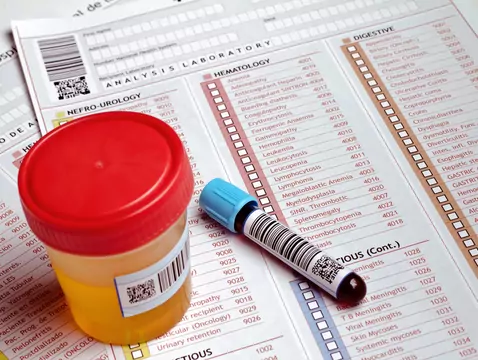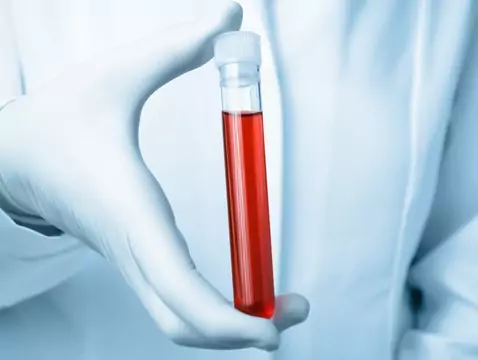The dynamic development of cardiology and the growing interest in the relationship between gender and the pathogenesis and management of cardiovascular disease have revealed significant discrepancies regarding, among other things, the clinical manifestation and course of ischaemic heart disease in women and men. In recent publications, there is a tendency to distinguish between the so-called male and female patterns of ischaemic heart disease, including acute coronary syndromes (ACS). In women, the prognosis is more severe than in men. In the female population, ACS have a higher risk of complications and pose numerous diagnostic and therapeutic difficulties. According to the World Health Organisation (WHO), one woman dies every six minutes from cardiovascular disease in Europe.
Recommendations after a myocardial infarction
Patients following ACS are advised, among other things, lifestyle interventions and elimination of CAD risk factors, including:
avoidance of smoking - passive and active,
- systematic physical activity
- weight control,
- blood pressure control,
- control of diabetes,
- control of lipid disorders and modification of lipid metabolism by diet,
- influenza vaccination.
Continuation of invasive treatment after ACS should be followed by optimal pharmacotherapy. The following groups of drugs have been shown to reduce mortality and the risk of a subsequent coronary incident in patients after myocardial infarction (both sexes):
- antiplatelet drugs,
- β-blockers
- angiotensin converting enzyme inhibitors (ACE-I),
- angiotensin receptor blockers (ARBs),
- statins.
When determining the dose of antiplatelet drugs, the patient's weight and creatinine clearance should be taken into account, as the risk of haemorrhagic complications is higher in women.
Acute coronary syndromes in women - a underestimated problem
The available data show that women following acute coronary syndromes are less likely to be treated according to guidelines and less likely to receive optimal pharmacotherapy. Moreover, post-hospital patients are much less likely to participate in cardiac rehabilitation programmes and are less likely to be economically active. Meanwhile, the position of the WHO Expert Committee leaves no doubt: rehabilitation should be an integral part of medical care available to all cardiac patients.
In the 21st century, there has been a decline in cardiovascular mortality in the female population, but - according to forecasts - the annual post-myocardial infarction mortality rate in women will remain at 25%. Nearly 50% of female post-MI patients will die within five years of a cardiovascular incident (it should be noted that for the male population the prognosis is not as pessimistic).
In order to develop an optimal management strategy for women with cardiovascular disease, new clinical trials need to be conducted: with the exclusive participation of women and with proportional representation of women in studies dedicated to both sexes. Only in this way can disability and mortality rates after ACS episodes be significantly reduced.
It is important to remember that regular examinations, prevention and finding an experienced cardiologist are very important. An excellent way to protect yourself against heart disease is telemedicine. Thanks to modern technology, it is possible to send ECG results from home using your phone and be in telephone contact with a specialist around the clock.
If you would like to find out more about 24-hour heart telemonitoring, click HERE









